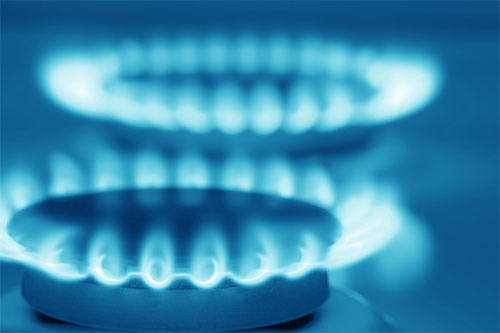
Natural gas is the most popular fuel in the United States. Around 56 percent of US households are heated by natural gas. Thinking about converting your home? It’s not as strenuous as it sounds. We’ve broken the process down to five steps. The good news is, most of these steps are done by professionals, all you have to do is make the decision to convert and hire a reliable contractor.
Follow this step by step guide to converting your home to natural gas:
- Check for gas availability in your area: You can do this by going online or calling your gas company. Ask every question you can think of. Make sure you ask if installation of the service line is free, because it usually is. Don’t make any assumptions about this process; it’s a big project and you’re going to want to know everything that’s going to happen to your home.
- Inquire about options and offers: Talk to your heating contractor about equipment options and special offers. Ask about a furnace for heat and a boiler for hot water. These appliances are generally $1,500 to $3,000; which is a bargain compared to oil systems, which could cost up to $8,000.
- Map it out: Your utility company will come map out your property to find the optimal route for the new gas service. They will identify your phone, sewer, water and electrical lines. In addition, you should mark where any underground sprinklers, septic and oil tanks are.
- Installation of the service line: It’s time for the service line to be installed from the street to your home. Make sure you ask your company what their services include regarding your yard. Most companies will fill in holes they’ve dug; however, they aren’t responsible for lawn care. Find out what they will do once the project is complete.
- Equipment Installation: This is one of the very last steps in converting your home to natural gas. All gas equipment (i.e. your furnace) will be installed in your home.
Sometimes there are special permits that you need in order to convert your home. You’re heating contractor/utility company will take care of this for you. They will figure out what needs to be done prior to installing your equipment. If there is gas near your property, installations can take up to four to six weeks, depending on the permit approval process.
You are sure to save money in the long run by switching your home to natural gas. Check out our other blogs for more information about the benefits of natural gas.